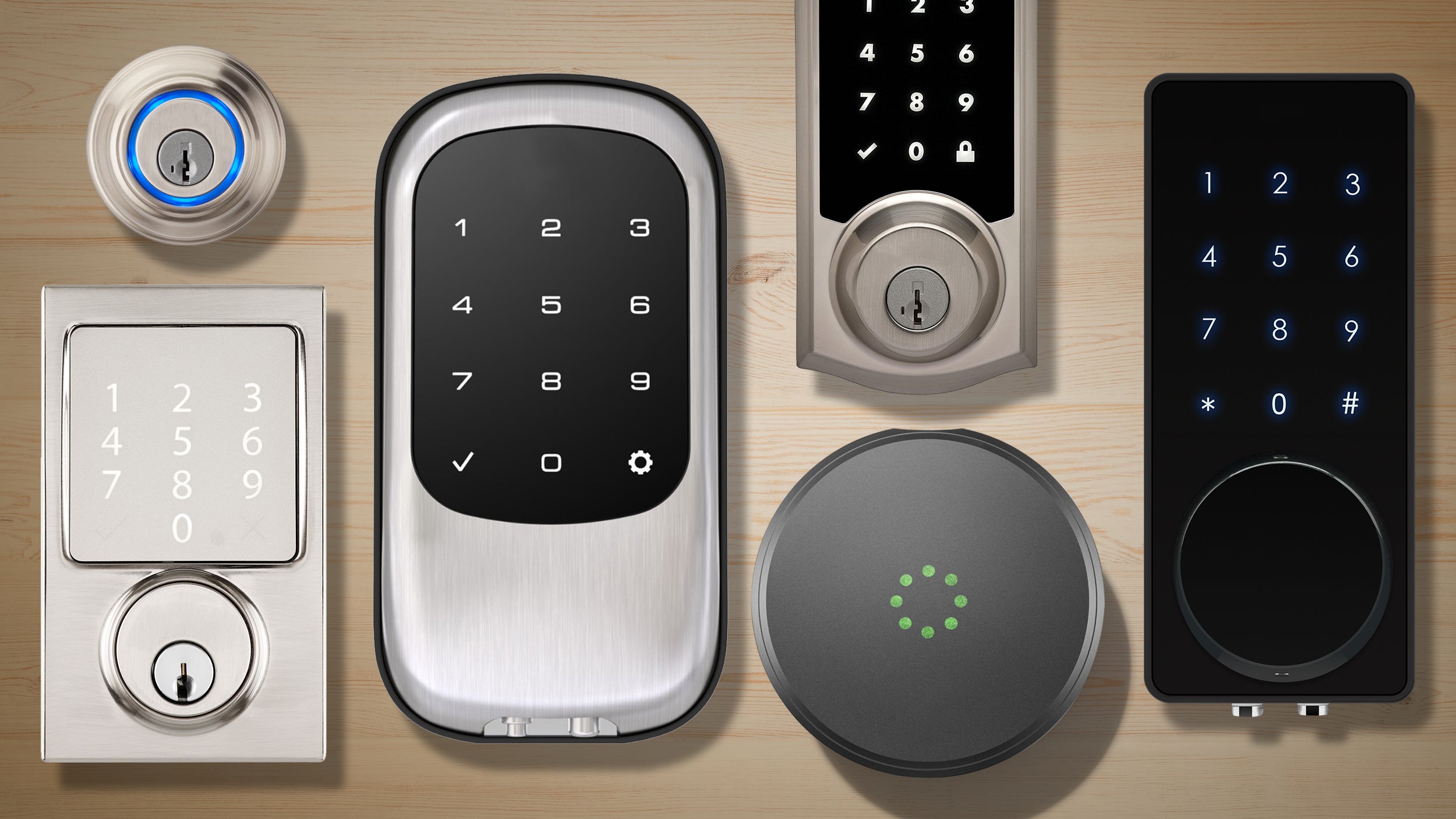
The Future of Home Security: Smart Entry Locks
Introduction:
Smart entry locks have revolutionized the way we secure our homes. Since the advent of the lock-and-key system over a millennium ago, smart locks represent the most significant advancement in home security. This article will delve into the benefits, features, and considerations associated with smart entry locks, assisting readers in selecting the ideal lock for their specific needs.
Benefits of Smart Entry Locks:
Elimination of Physical Keys:
Smart locks often eliminate the need for physical keys, providing a hassle-free and convenient entry solution.
Access Control and Logging:
Smart locks typically feature logging systems that track who entered and exited the home, along with the time and method of entry. This information proves incredibly valuable for monitoring teenagers, granting temporary access to guests or service providers, and keeping track of household activity.
Enhanced Security:
Smart locks offer superior security compared to traditional locks. They are tamper-resistant and can detect unauthorized access attempts, providing peace of mind to homeowners.
Convenience and Efficiency:
Smart locks offer unmatched convenience. They can be unlocked remotely via smartphone apps, voice commands, or facial recognition, eliminating the need for keys or fumbling with locks.
Top Smart Lock Picks:
Level Lock+ Connect:
This lock seamlessly integrates with smart home platforms (Alexa, HomeKit, Google Home) and features a sleek and minimalistic design.
Kwikset Halo Select:
Balancing minimalism and sophistication, this lock supports multiple smart home ecosystems (Alexa, HomeKit, Google Home, Samsung SmartThings) and includes a built-in fingerprint reader.
Wyze Lock Bolt Bluetooth:
Exceptional value for a feature-rich smart lock, this Bluetooth-only device lacks Wi-Fi connectivity but offers a fingerprint reader and easy PIN code creation.
Level Bolt Connect:
For those seeking to retrofit their existing lock, this device seamlessly integrates with smart home ecosystems, hides within the door for discreet installation, and includes a Bluetooth-to-Wi-Fi bridge.
Lockly Visage Pro:
The ultimate in sophistication, this lock employs facial recognition technology and supports various unlocking methods. Its premium price and lack of Matter support may deter some users.
Features and Considerations:
Connectivity:
Smart locks connect via Bluetooth, Wi-Fi, or Z-Wave/Zigbee. Bluetooth-only locks work with smartphones but lack remote access. Wi-Fi locks connect directly to the home network, enabling remote control and integration with other smart home devices.
Entry Methods:
Smart locks offer various entry methods, including apps, keypads, fingerprint readers, and facial recognition. Select a lock that aligns with your preferred entry style.
Emergency Access:
Consider locks that provide emergency power options (9-volt battery terminals, key cylinder backup, USB-C port) in case of battery failure.
Geofencing:
Some locks feature geofencing technology, automatically locking or unlocking when you enter or leave a predefined area.
Temporary Access:
Smart locks often support the creation of temporary access codes that can be shared with guests or service providers, providing controlled access without compromising security.
Smart Home Integration:
Consider locks that integrate with your existing smart home system for maximum convenience and functionality.
Avoid These Smart Locks:
- Products without smartphone app or smart home hub compatibility
- Bluetooth-only locks that lack remote access
- Poorly designed or incompatible locks that may cause installation or performance issues
Conclusion:
Smart entry locks have transformed home security, offering numerous benefits and features that enhance convenience, security, and peace of mind. By carefully considering the factors outlined in this guide, you can choose the ideal smart lock that meets your specific needs and enhances the safety and functionality of your home.
